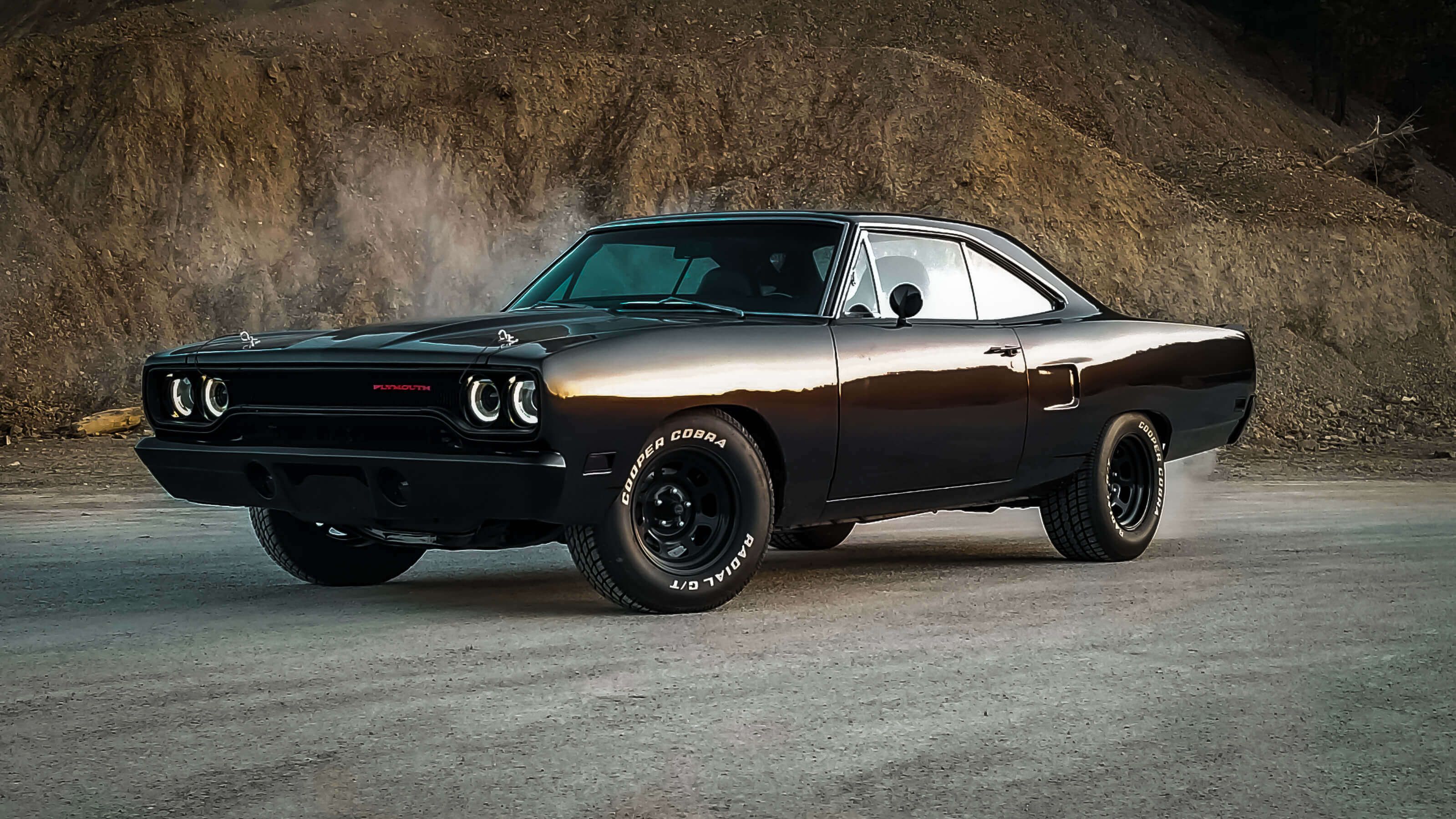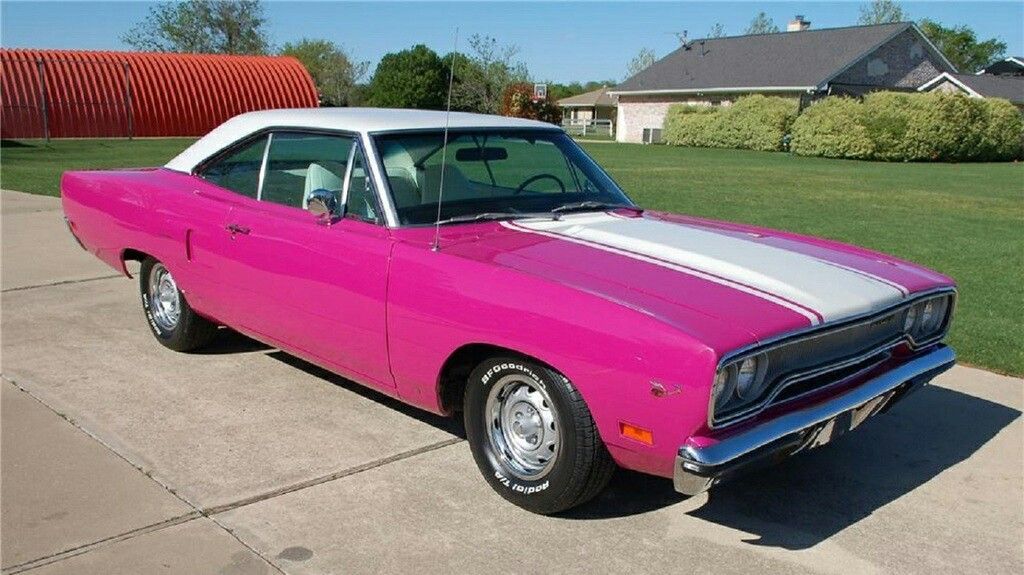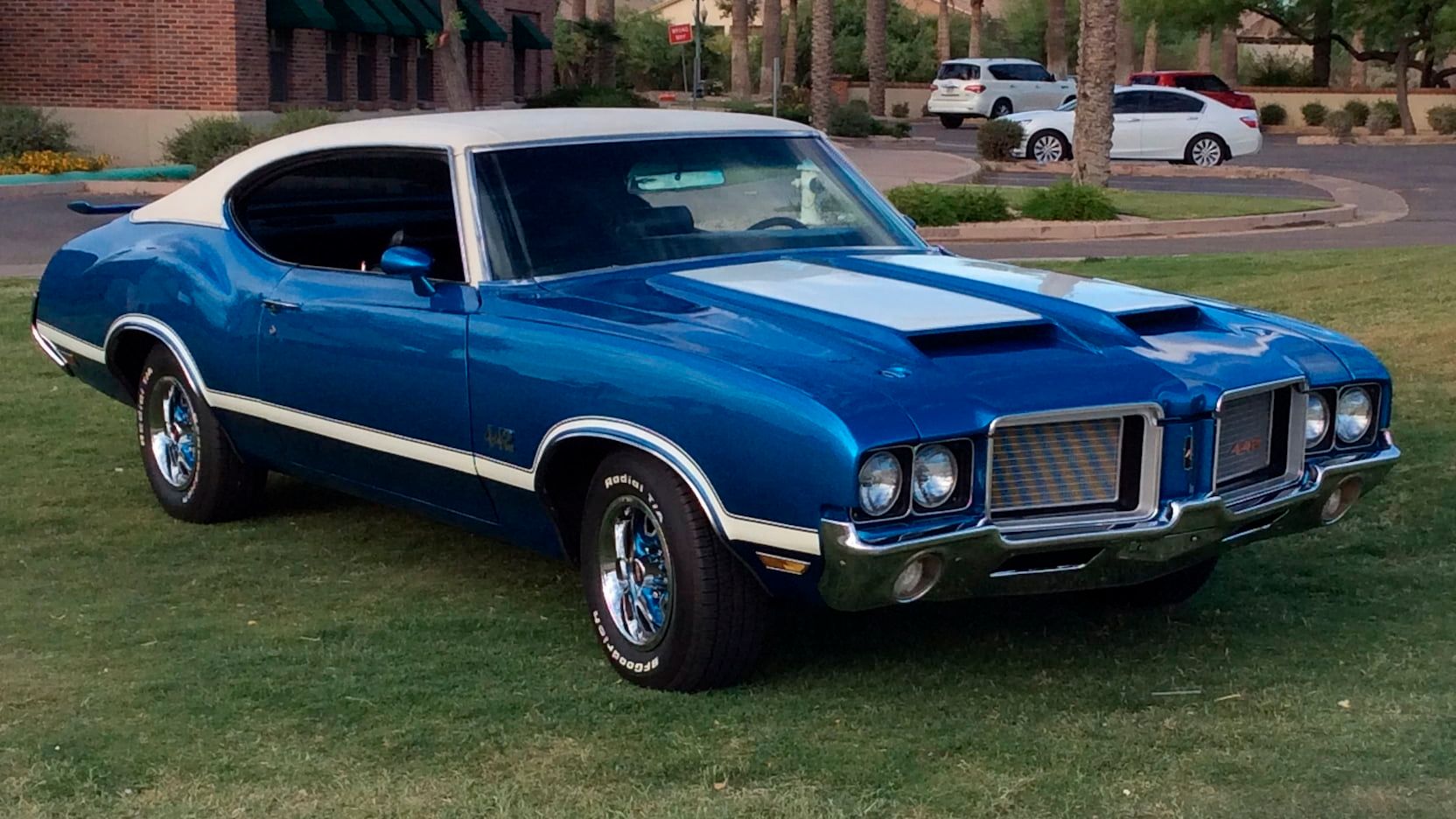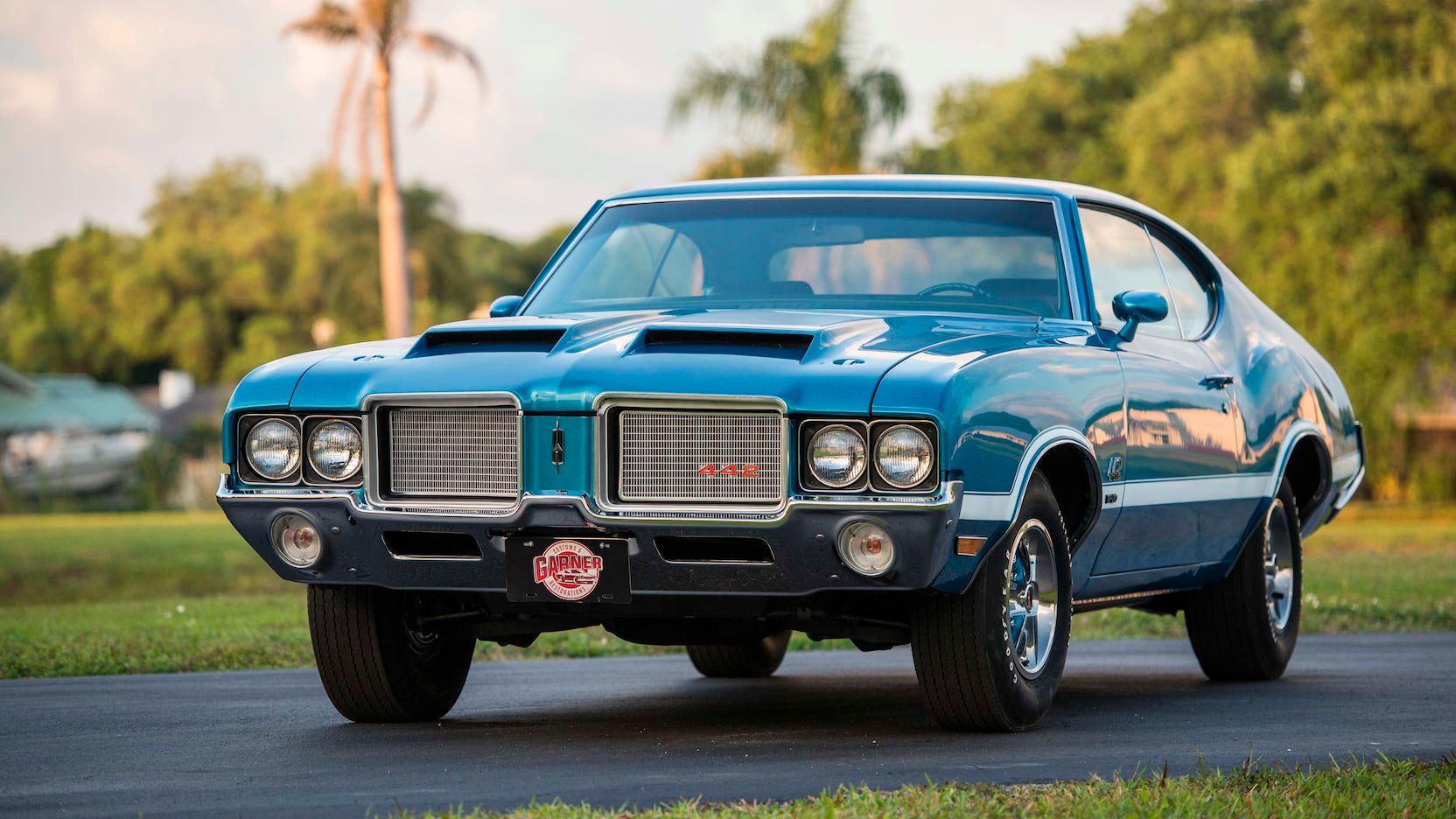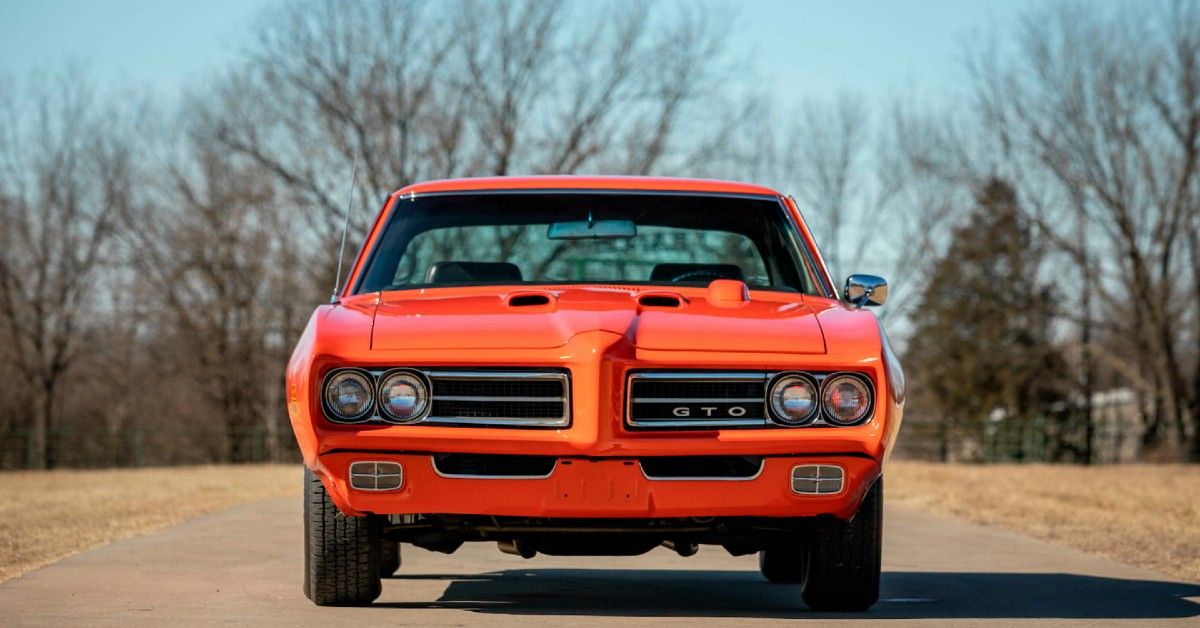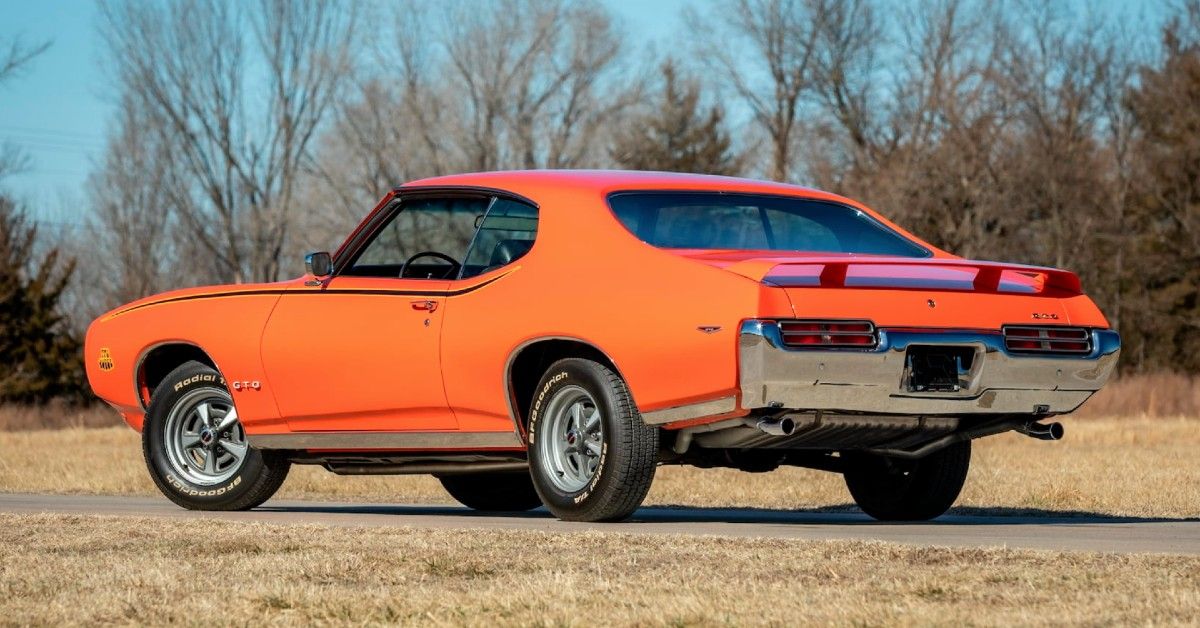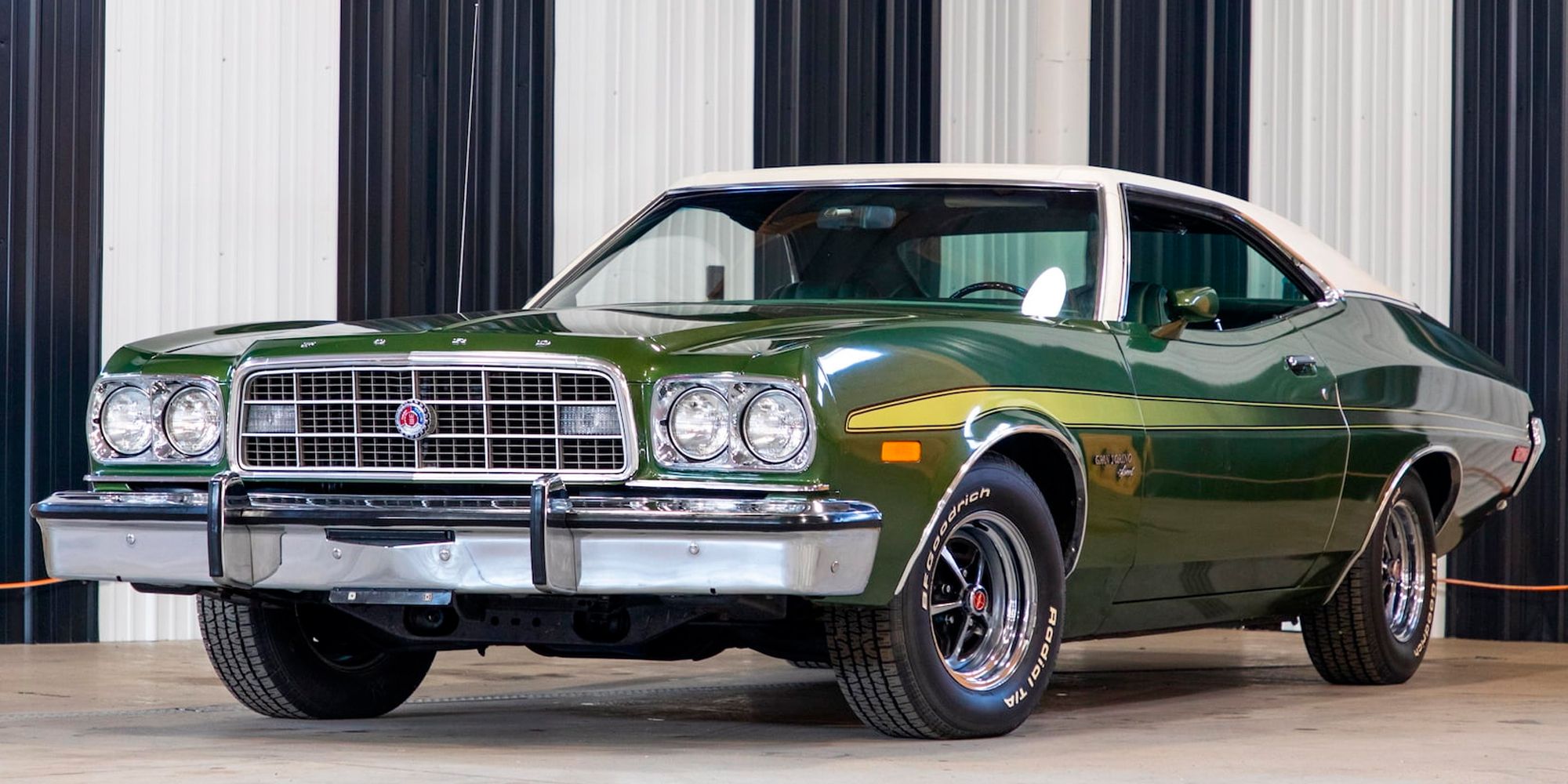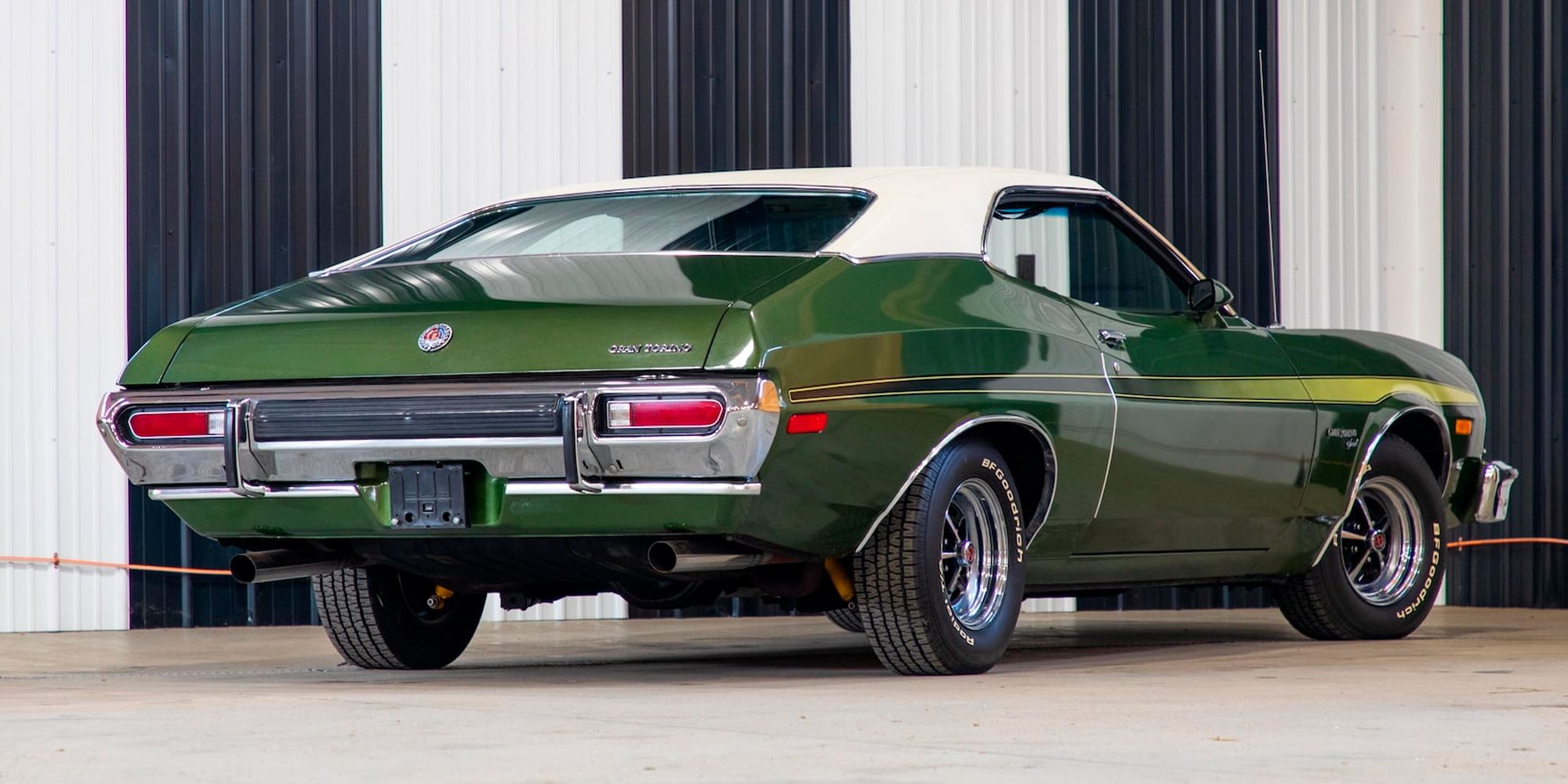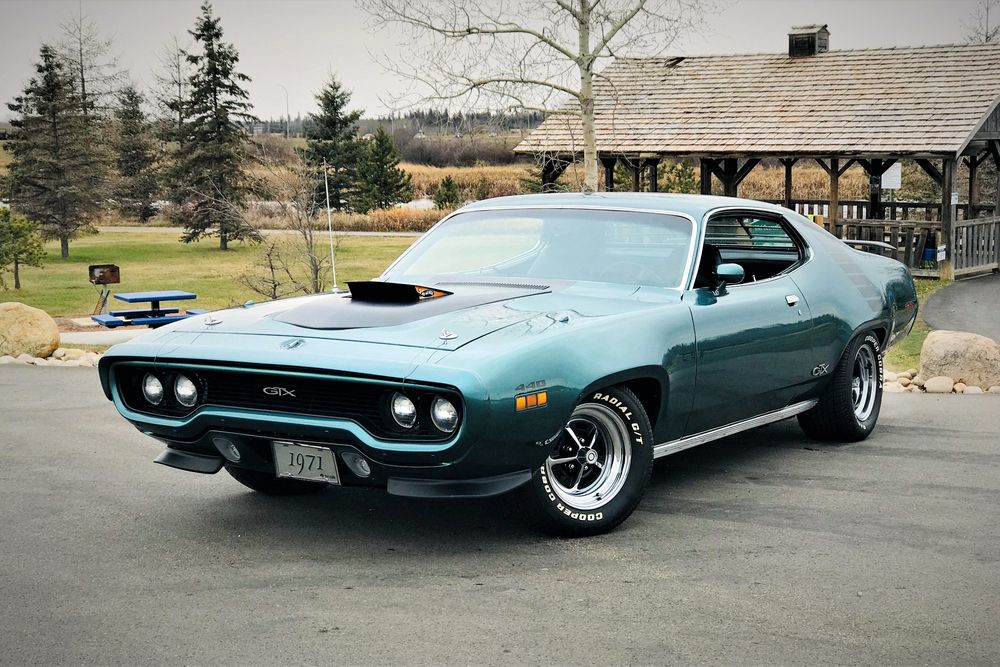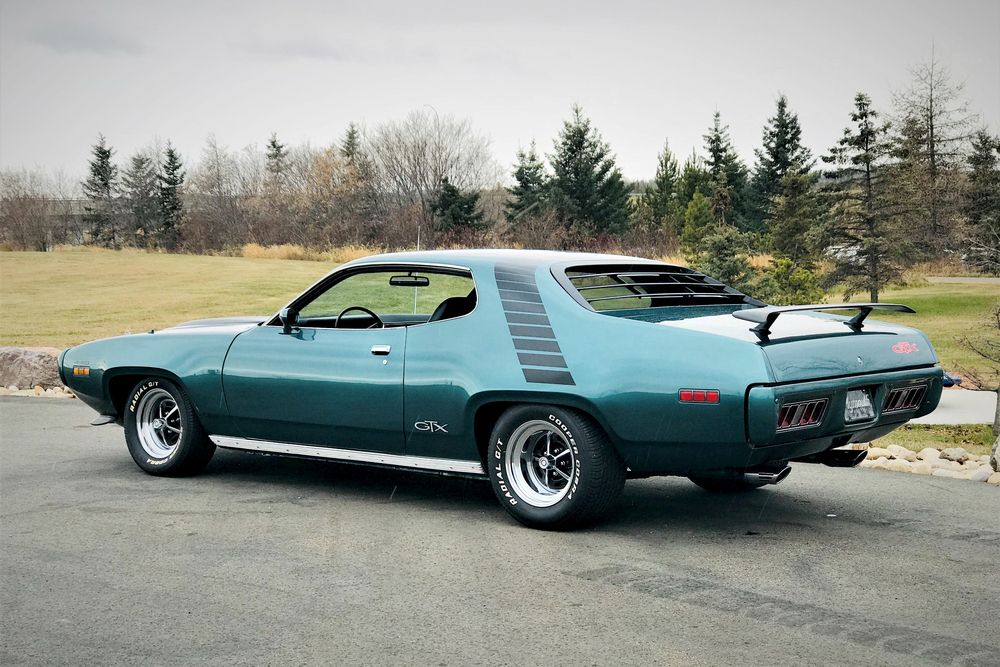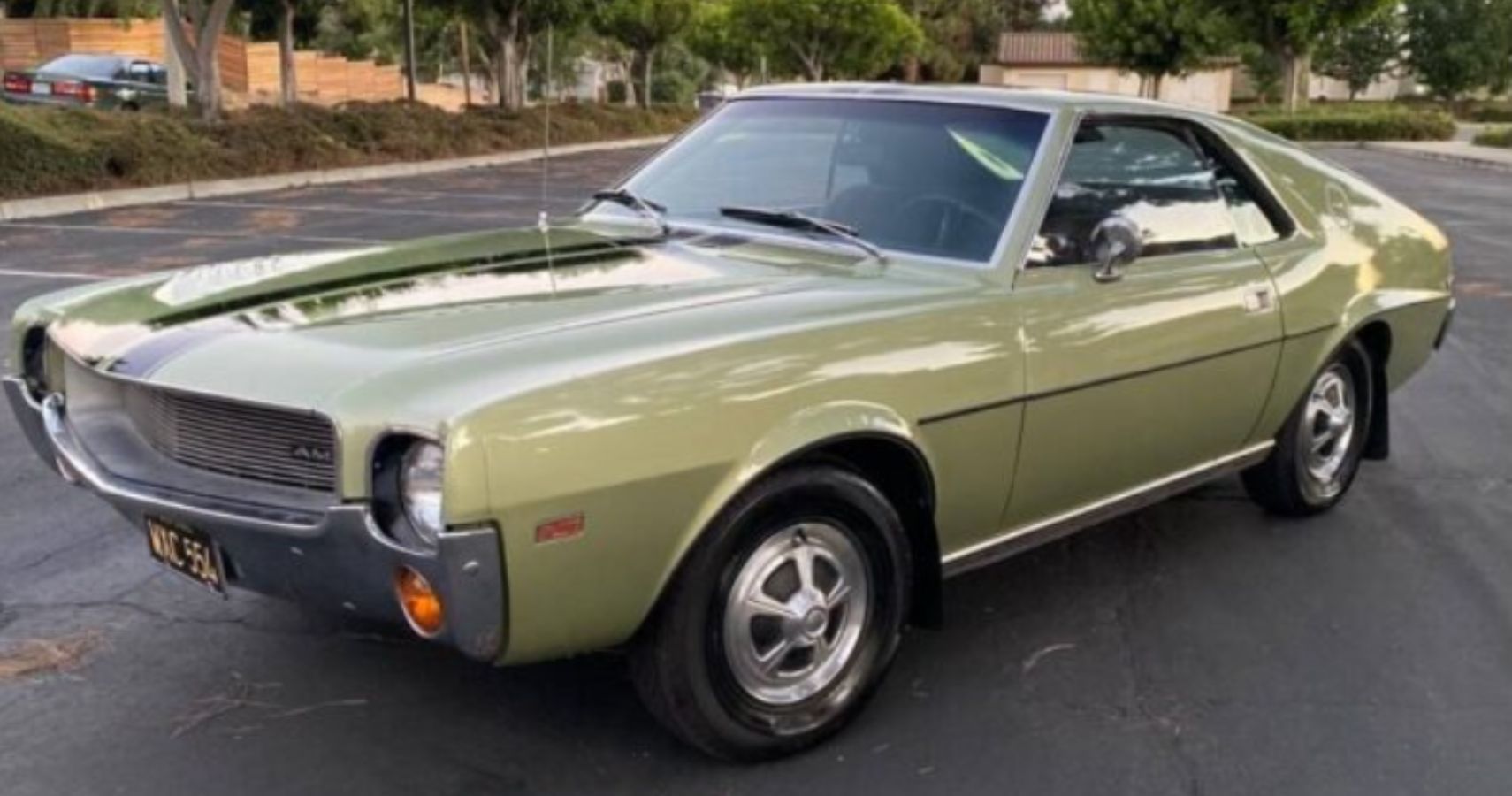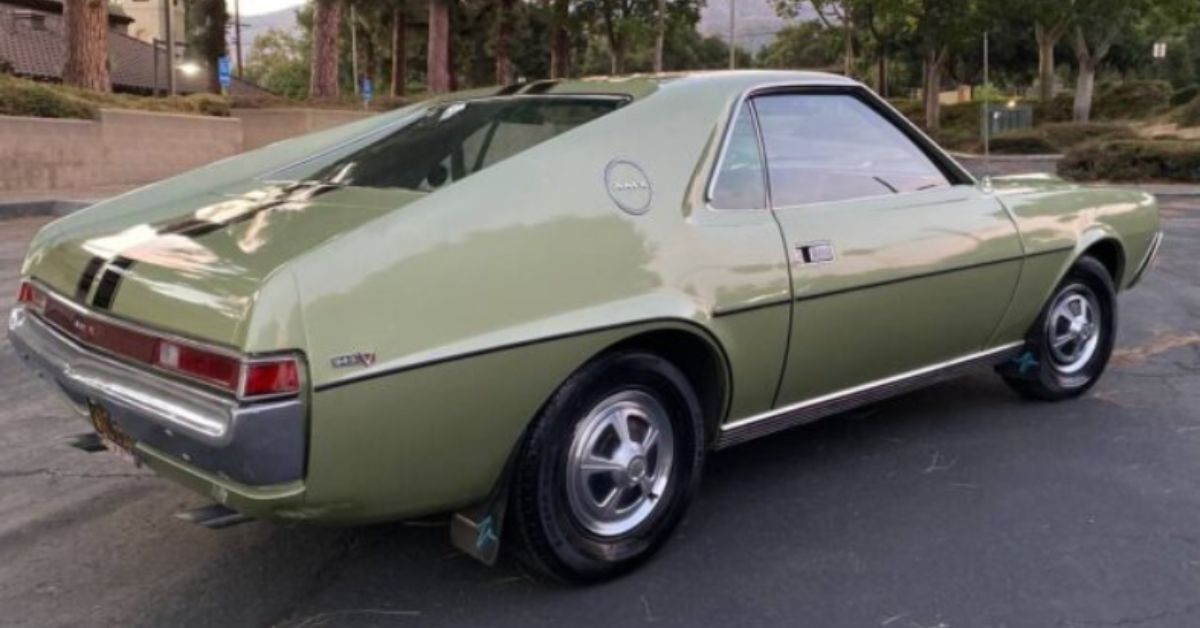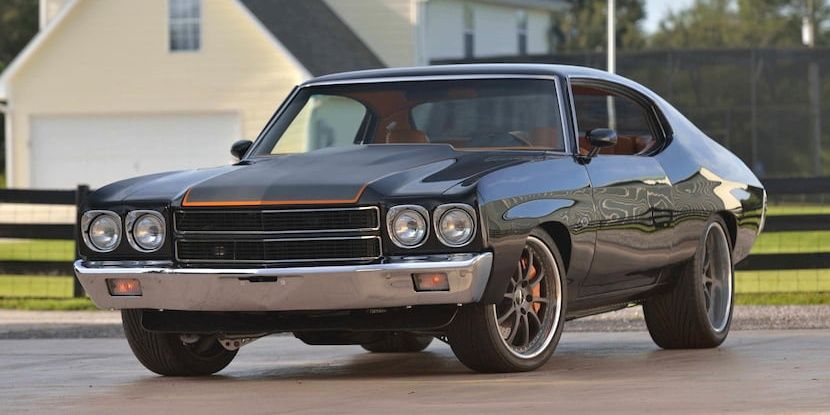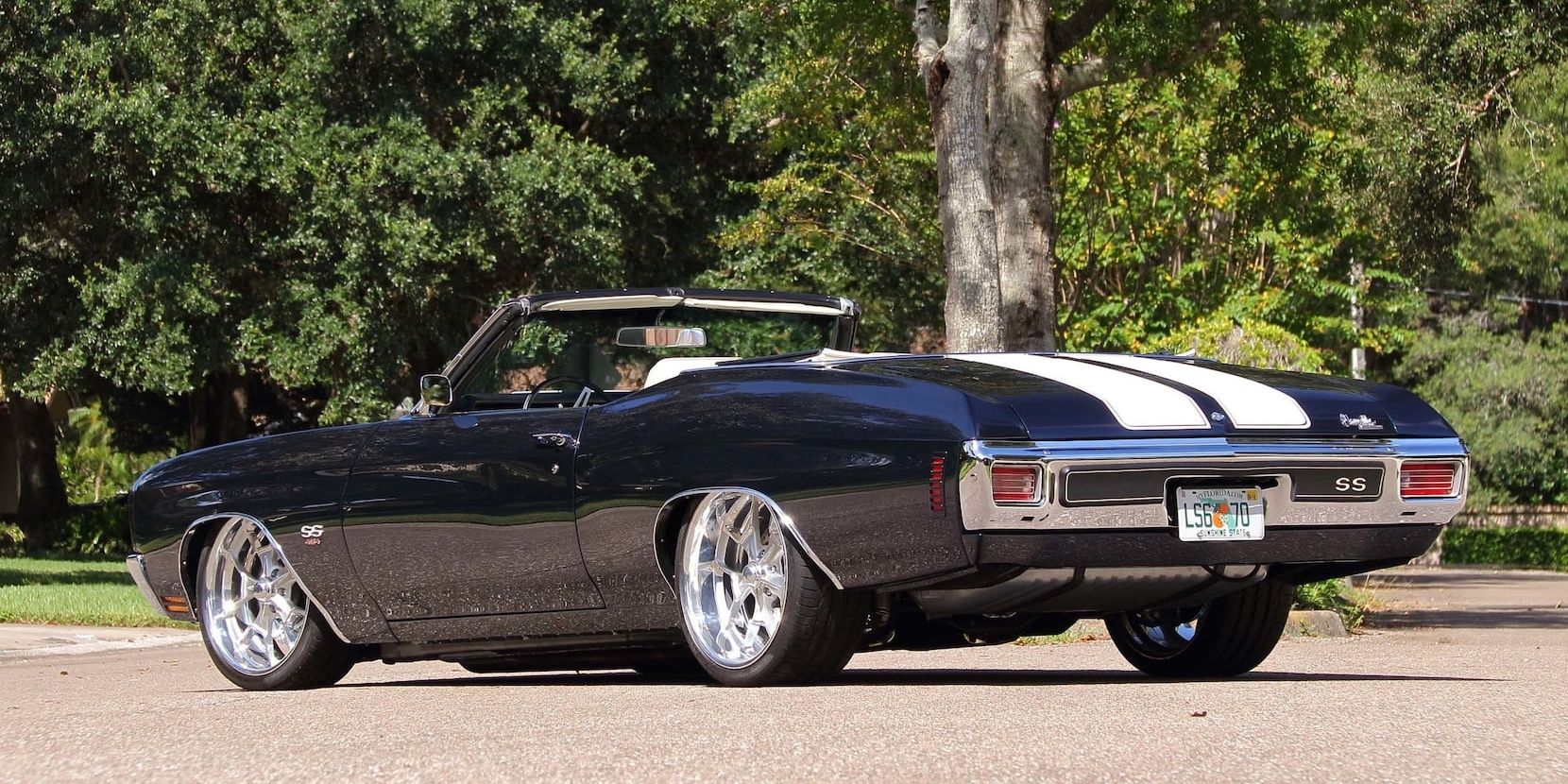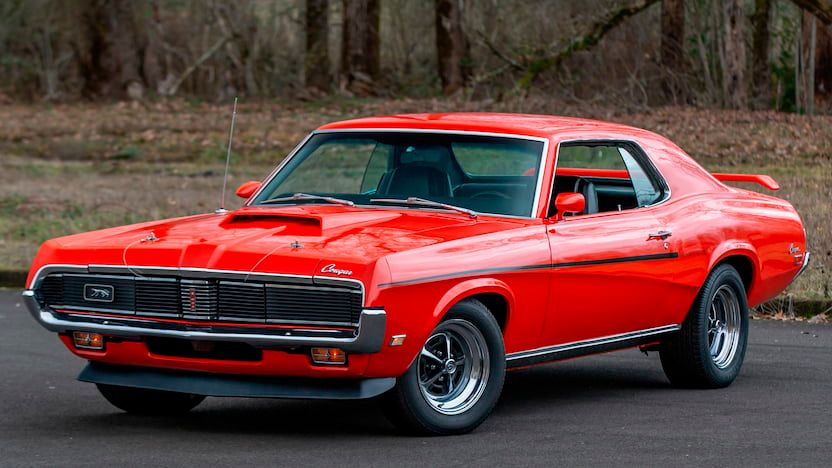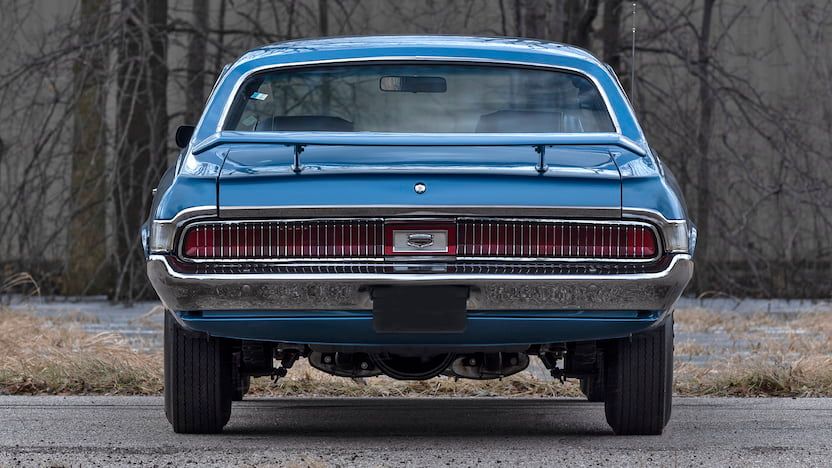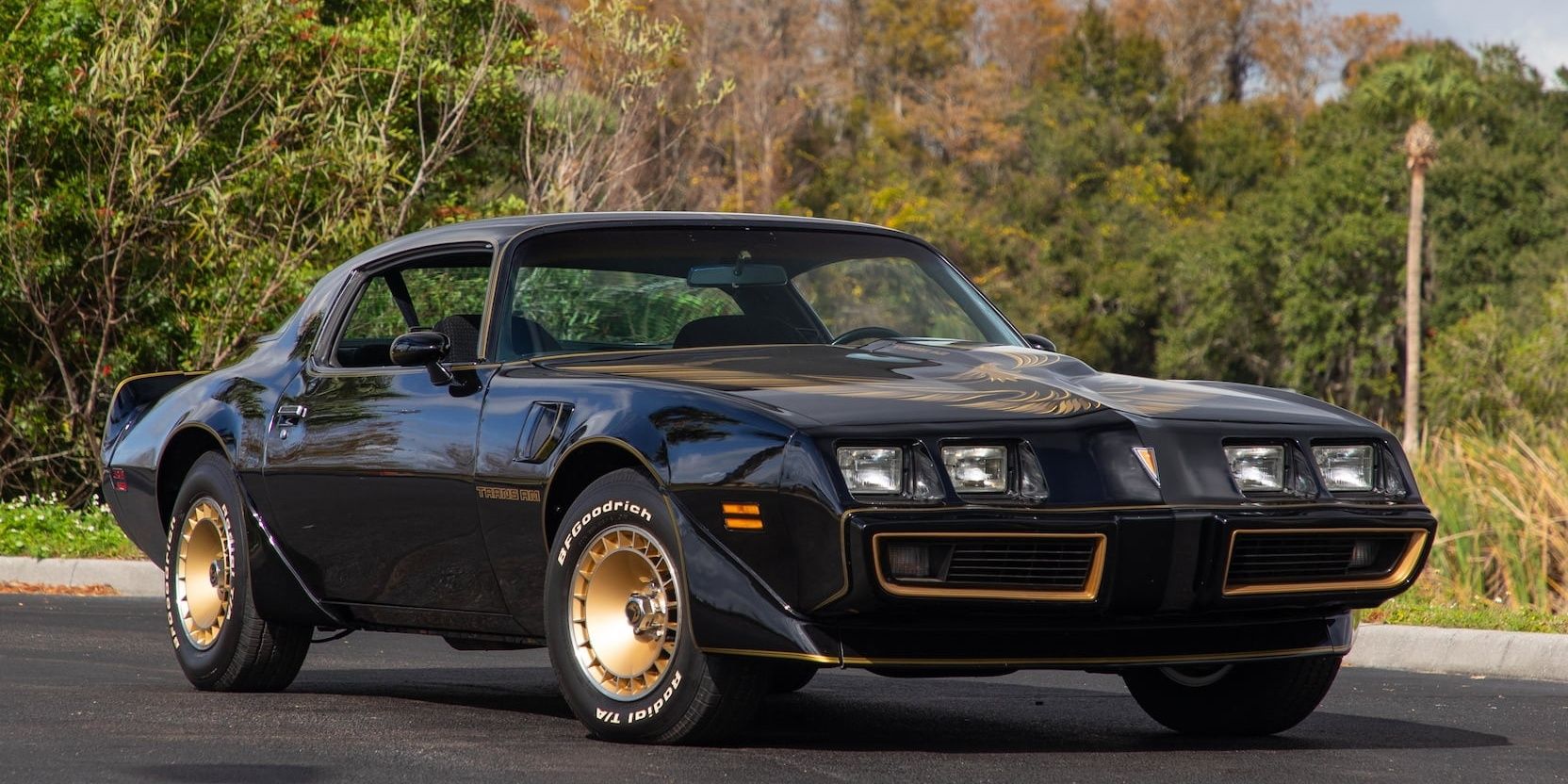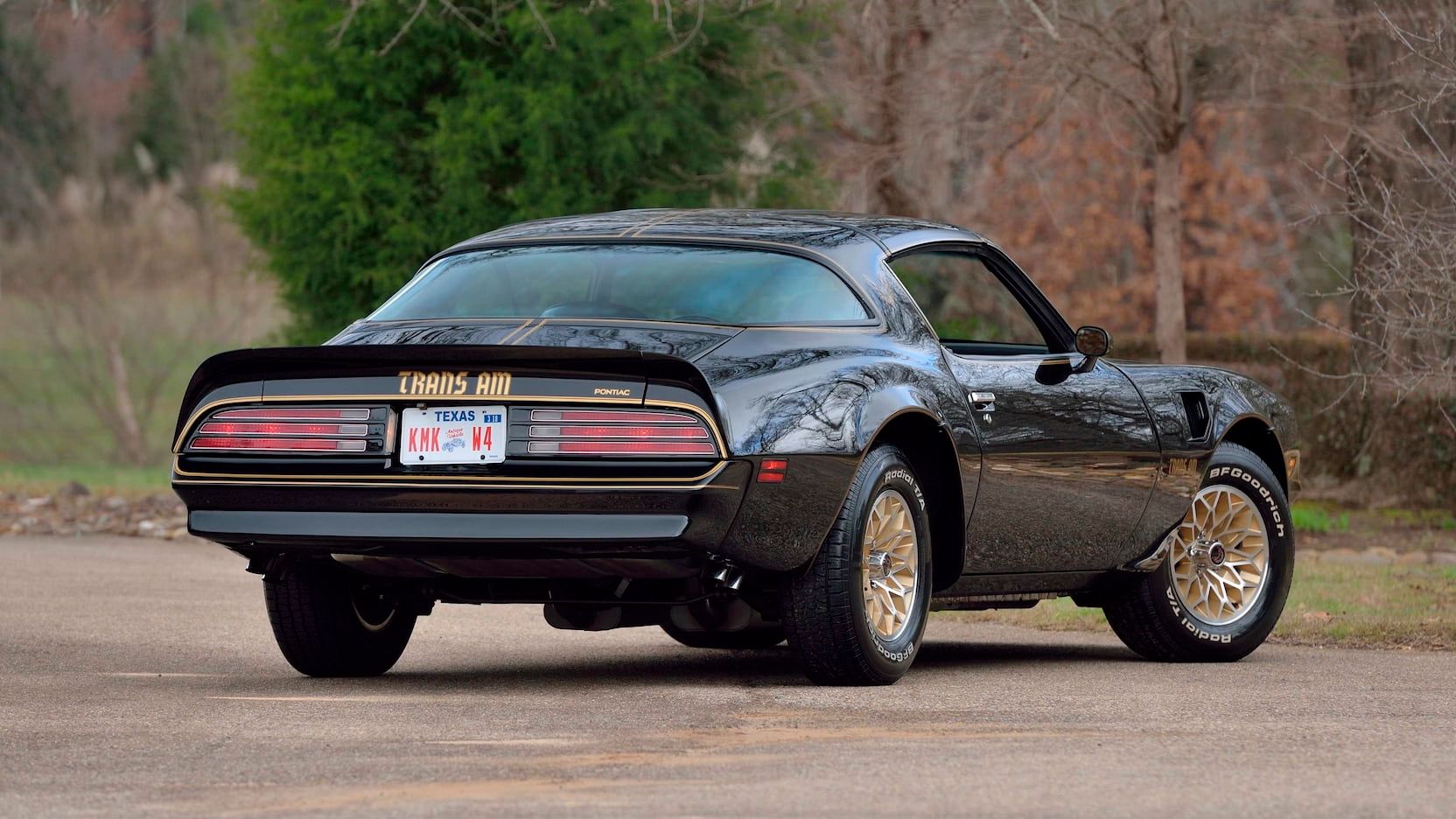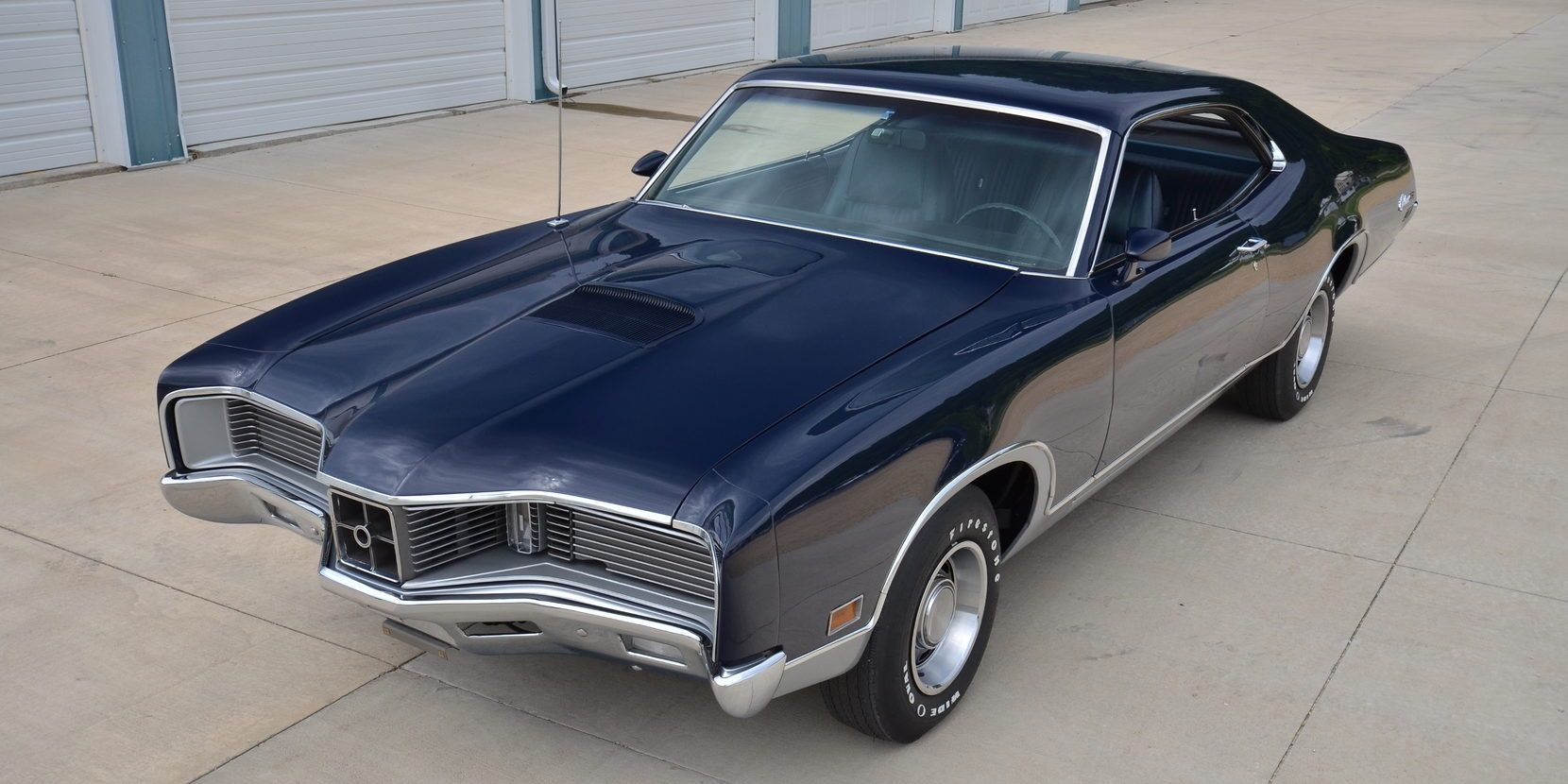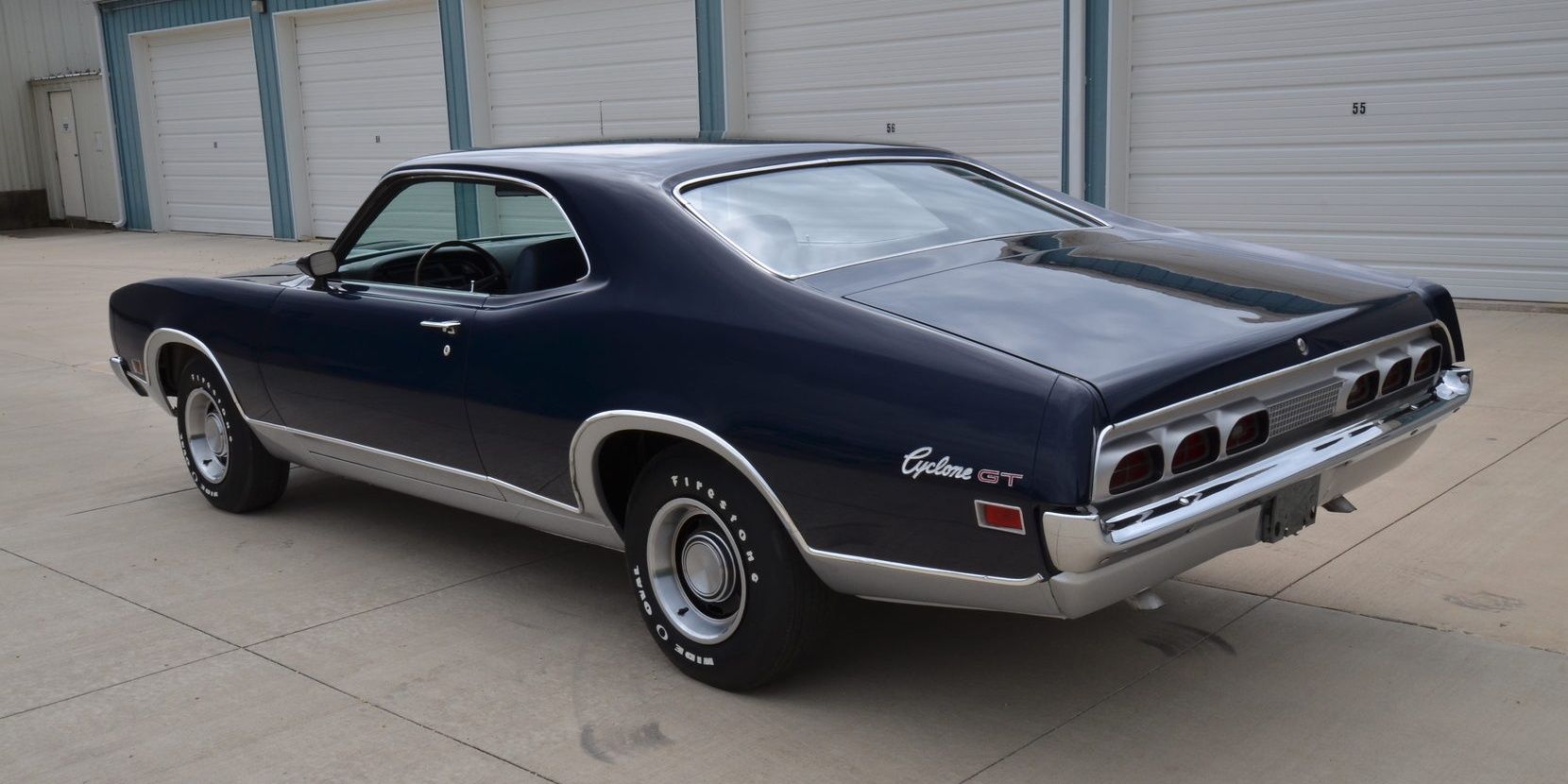Muscle cars remain the go-to choice for those looking for an adrenaline rush on the road, with their aggressive V8 engines as well as sleek and bold design. The Chevrolet Camaro, Dodge Challenger, and Charger are some of the most iconic muscle cars on the planet. Thankfully, they are still in production, but several other iconic marques are no longer in production. This is usually because of the financial crisis and dwindling sales figures and not necessarily because they are subpar in terms of performance.
One such muscle car is the Plymouth Roadrunner. It was essentially a stripped Belvedere and performed better than expected, selling over 45,000 units in the first year. However, the Plymouth Roadrunner and these other muscle cars are now a part of automotive history, and we can only wish for a comeback in the near future.
10 Plymouth Roadrunner
Entering the market in 1968, the Plymouth Roadrunner is one of the earliest iconic muscle cars that offers an impressive amount of power and speed at a relatively low price. The 1968 Plymouth Roadrunner with a 426 cu in (7.0 L) Hemi option spits out 419 hp and 490 lb-ft of torque.
However, Plymouth had to start cutting down power ratings due to government stringent restrictions on emissions. Sadly, the Roadrunner couldn’t survive beyond 1980. But while its legacy lives on, it will be great to see Chrysler reintroduce the Roadrunner again.
9 Oldsmobile 442
The Oldsmobile 442 is one of the largely forgotten muscle cars that deserve better. The “442” has several interpretations, but the first and most popular one is: a four-barrel carburetor, four-on-the-floor transmission, and dual exhaust. The 1970 iteration was the pinnacle of 442’s performance, with an Oldsmobile 455 V8 making 365 hp.
Unfortunately, after six generations, General Motors announced in 2000 that it would be discontinuing the Oldsmobile line due to sales decline over the years. You may find the Oldsmobile 442 in Boomers' garages nowadays, and soon a whole new generation will have no memory of it.
8 Pontiac GTO Judge
The aggressive look, powerful 370-hp engine, and limited production numbers have turned the Pontiac GTO Judge into a cool collectible today. The Judge was initially available in a carousel red finish that’s unmistakable on the road. Although, over the next couple of years, Pontiac offered more color options.
The GTO Judge was the type of muscle car you find the coolest kid on the street driving in the 1970s. It was more expensive than the Plymouth roadrunner, it was well-received at first, selling 6,725 units in the first year. However, sales began to dwindle after a few years and General Motors decided to end production in 1971.
7 Ford Torino
Replacing the highly successful Fairlane series, the Torino was projected as “Ford’s newest bright idea.” The Ford Torino is quite a heavy car, even heavier than the Mustang Mk1. But it still offers a pleasurable driving experience. In fact, the Torino was the base for Ford’s NASCAR entrants, which boast of successful racing heritage.
Selling over 2 million units in just about 8 years is indicative of how much the Torino appeals to American muscle car enthusiasts. The 1970–71 Torino Cobras, and 1968–1971 Torino GT convertibles, have become the most sought-after collectible Torino muscle cars.
6 Plymouth GTX
Making its debut in 1967, it's a bit sad that the fast and powerful Plymouth GTX only lasted for four years, selling only 44,178 units. The midsize upscale-trimmed performance muscle car with 426 Hemi was dashing to 60 mph in 4.8 seconds.
The Plymouth GTX is notably more luxurious and comfortable than the Belevedere, with embossed vinyl upholstery, power steering as standard, and bucket front seats. However, by 1971 sales dropped to 2,942 units partly due to rising insurance rates.
5 AMC AMX
The AMX is a two-seat GT-style muscle car from the American Motors Corporation (AMC). At the peak of its performance, the AMC AMX derived its power from a 5.9 L V8 producing 290 hp in 1970. Not many cars of that era could boast of a high-displacement engine and a short wheelbase like the AMX.
The American-built steel-bodied two-seater was decent in looks, performance, and price, but it never really stood a chance against the more established rivals like Ford, GM, and Mopar. After producing around 19,134 units, AMC pulled the plug on the AMX.
4 Chevrolet Chevelle
Thanks to its adrenaline-pumping qualities, stylish design, and incredible power, the Chevrolet Chevelle is one of the most iconic American muscle cars. Appearing in numerous movies including The Fast and The Furious, and Jack Reacher, the Chevelle was one of Chevrolet's most popular nameplates.
The 1970 454 LS6 is the most powerful Chevelle, producing 450 hp. The 1968 SS 396, 1964 Malibu SS L76, and 1969 COPO 427 are some of the most coveted Chevelle models. However, by the mid-70s, Chevelle sales were declining, so Chevrolet had to discontinue the nameplate and focus on other brands.
3 Mercury Cougar
The Mercury Cougar was well-received immediately it entered the market in 1967. Lasting for over three decades and selling nearly 3 million units, the Cougar is the Ford Mercury’s highest-selling nameplate. It’s a NASCAR Champion and Hollywood favorite, appearing in action flicks like James Bond films.
Sharing a similar chassis design with the Mustang, you may consider it a larger version of the Mustang. However, with better suspension, and a longer wheelbase than the Mustang, a reincarnated Cougar might give a Mustang a run for its money.
2 Pontiac Firebird Trans Am
The Trans Am is a special Firebird package boasting better suspension, improved handling, and a higher power rating. Sharing the same F-body platform as the Chevrolet Camaro, it will be cool to see if a new Firebird Trans Am can compete with the latest Camaro.
With many Firebird Trans Am still fetching cool money on auction lots today, it’s obvious the love for the iconic Pontiac model never died. A new Firebird Trans Am with the iconic “screaming chicken” hood decal would be quite the comeback.
1 Mercury Cyclone
Slotting the Mercury Cyclone between the full-size Marauder and the pony Cougar, Ford launches the high-end, performance-minded car. From 1964-1971, four generations of the Cyclone were introduced, but they were overshadowed by the Cougar.
Powering the 1964 Mercury Cyclone is a 289 cu in V8 engine that cranks out 210 hp. Over the next few years, the V8 engine displacement rose to 425 hp. The Mercury Cyclone was a drag racing machine and the 1971 Cyclone holds a NASCAR record for winning 18 out of 32 races.


